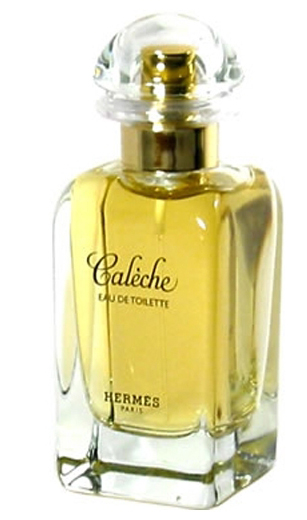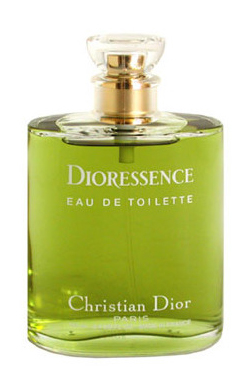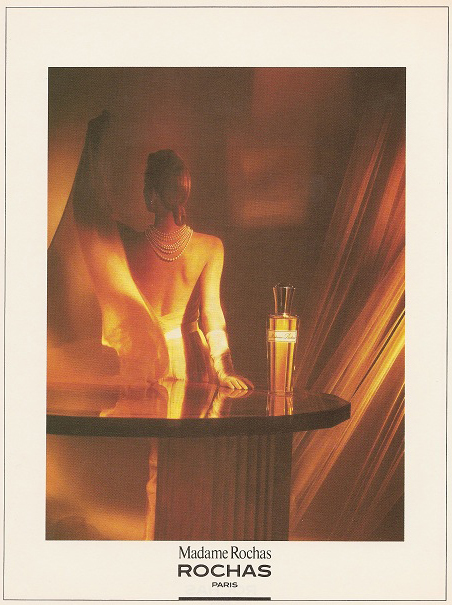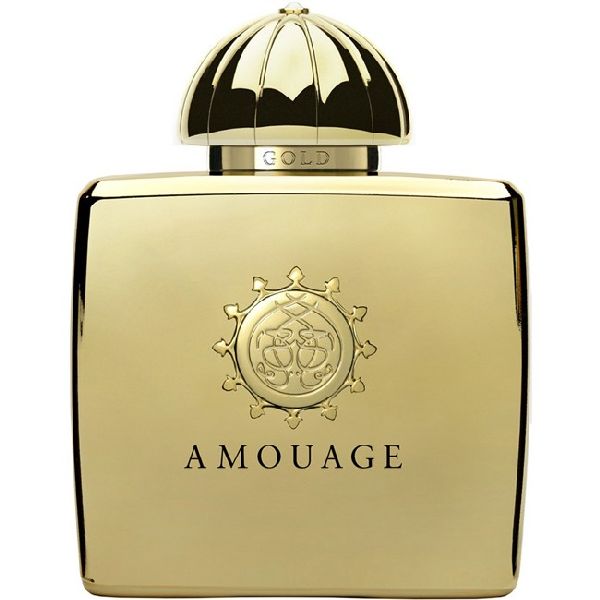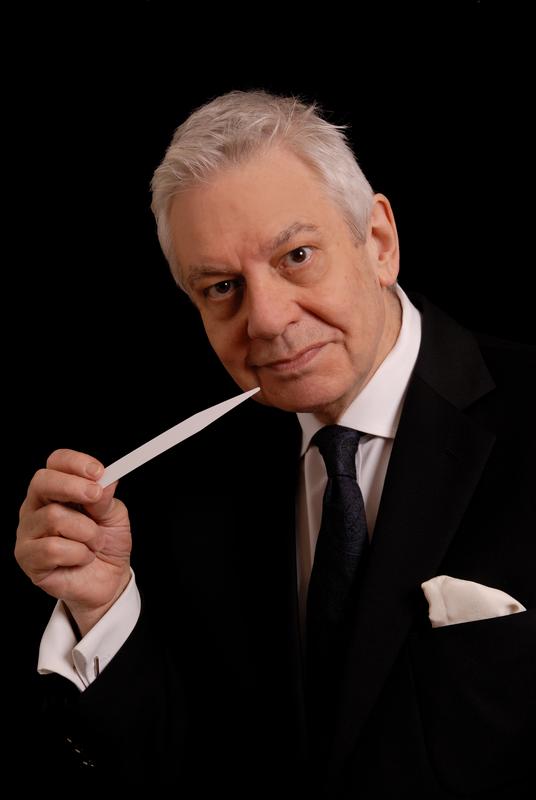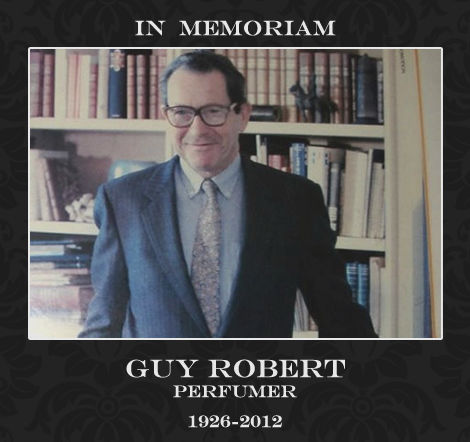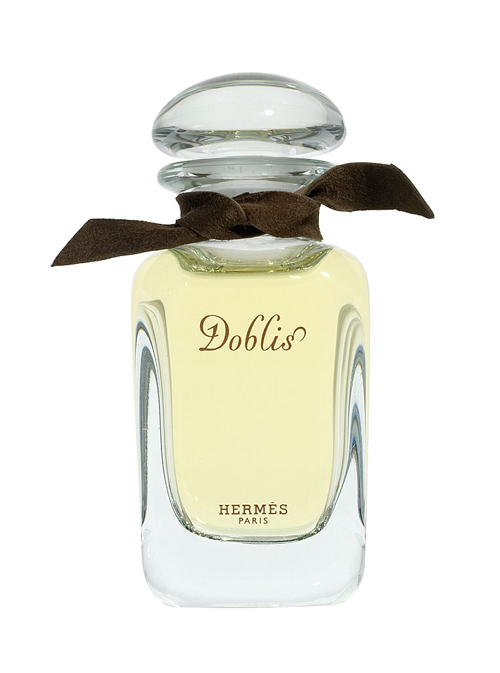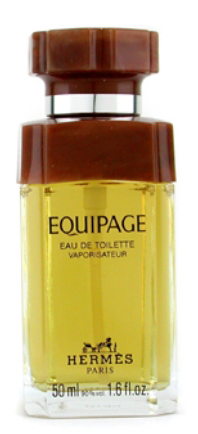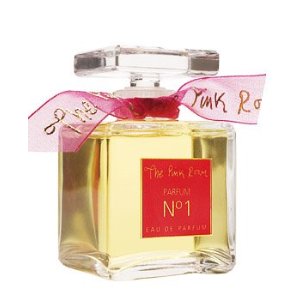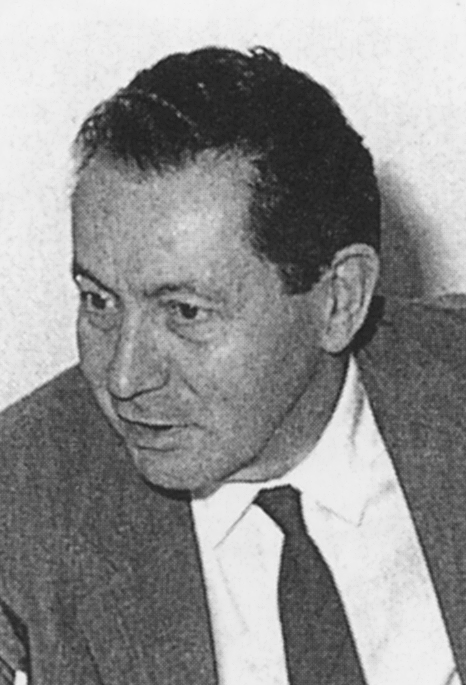August 23, 2012
Disclaimer: The views and opinions expressed herein are solely those of the author and/or guest contributors and do not necessarily state or reflect those of The Perfume Magazine LLC, Raphaella Brescia Barkley or Mark David Boberick.
All content included on this site, such as text, graphics, logos, icons, videos and images is the property of The Perfume Magazine, LLC. or its content suppliers and protected by United States and international copyright laws. The compilation of all content on this site is the exclusive property of The Perfume Magazine, LLC. and protected by U.S. and international copyright laws.
The Perfume Magazine.com is solely owned and operated by Raphaella Barkley
The Perfume Magazine Banner was designed exclusively by GIRVIN and is the property of The Perfume Magazine, LLC.
All images appearing in the banner are registered trademarks of their respected company and are used with permission.
The logo and banner are property of The Perfume Magazine, LLC. and are protected by U.S.and international copyright laws.
© Copyright. 2012. All Rights Reserved. The Perfume Magazine LLC 2012
Guy Robert: A Tribute
By Michael Edwards
Fragrance Expert and Author
I remember Guy Robert with pleasure. And pain. I find it hard to accept that he has gone.
Guy was a gentle man, in every sense of the word; among the nicest men I’ve known. That is not to say that he did not on occasion wield a sharp wit. An entertaining companion, he was good cook, a superb raconteur and an accomplished pianist. He enjoyed women and they adored him.
History and art, jazz and perfumery, women and travel fascinated him. He had the luck to work in the pre-marketing era when house presidents worked directly with the perfumers and IFRA restrictions had yet to be invented.
“What makes a great fragrance?” I once asked him. “A good perfume that had the luck to be chosen by the right person in the right company at the right time,” he answered with a smile.
“Un parfum doit avant tout sent bon (A perfume must above all smell good),” was his mantra.
Guy was a fourth-generation perfumer whose grandfather had provided Francois Coty with some of his first perfumery lessons. “Joseph Robert, and his partner, Massignon, had patented the solvent extraction process that resulted in the production of the first pure absolutes. Léon Chiris had bought their company to acquire the process, and my grandfather became technical manager of Chiris. He had offered these new absolutes of jasmine, rose, tuberose, cassie, jonquil and orange blossom to the main perfume Houses - Houbigant, Guerlain and Lubin - but had not found any interest. The perfumers were used to infusions, pomades or materials prepared by the enfleurage process, and considered the new absolutes to be far too strong and powerful to be natural. Coty, who knew nothing about raw materials, thought they were wonderful.”
Grasse schooled Guy, but New York was his university. He moved there after the Second World War to work under his uncle, Henri Robert, the creator of Coty’s iconic Muguet des Bois and Chanel’s No 19.
On his return to Paris, his career blossomed and in 1955, he created Doblis for Hermès.
His collaboration with Albert Gosset, then head of Parfums Rochas, resulted in Madame Rochas (1960): “Houses then were looking for nice, flowery accords,” he recalled, “new, but not too original because that would limit their appeal. That’s why I started with Arpège (1927) in mind. For me, it was an extraordinary perfume. Everyone likes it. Arpège is a woody and fruity interpretation of Chanel No 5, but its background was a little light for my taste. I was looking for something a little more human, a touch warmer. I must have made several hundred trials before I remembered a wonderful sandalwood note which Ernest Daltroff, Caron’s perfumer, had used in Nuit de Noël (1922). It goes perfectly with the scent of the female body.”
The specific sandalwood note used in Nuit de Noël, however, was not suited to the more delicate formula Guy had in mind: “Although sandalwood is a strong note, its effect is quite flat because its top note is so weak. It can also smell a little sticky and animalic. That was perfect for Nuit de Noël, which is a very animalic perfume, but not for Madame Rochas. Fortunately, I was able to obtain the effect I was looking for by using two new sandalwood notes. One gave a very lasting note, while the second amplified the sandalwood top note without adding to its strength. Together, they gave Madame Rochas the soft warmth I wanted.”
Calèche, his second creation for Hermès, followed in 1961. “The idea was the same as the inspiration for Madame Rochas. - a soft, flowery perfume - but I started from a product that was more chypre,” he explained. “Calèche was inspired by Fruit Vert (1930), a once successful perfume created for Florel by Pierre Carnot, which, I think, was also the starting note for Ma Griffe (1946). Fruit Vert was a light, green chypre in the direction of Crêpe de Chine (1925), but it had only a touch of oakmoss, and its flowery notes were poor and distressing. I kept the light chypre nuance, but strengthened the iris and vetiver wood notes and added a rich accent of lily of the valley to a heart of natural jasmine. A touch of mandarin woke up the bergamot top note, while cypress gave more body to the vetiver.”
Among other notable creations was the original Dioressence (1969) for Christian Dior, and the first Gucci signatures, Gucci No 1 (1975) and Gucci pour Homme (1976) for Aldo Gucci.
I once asked him for whom else he might have wished to create a perfume. “Estée Lauder,” he said, “I admired her greatly. We talked a few times, but nothing came of it.”
His last creation, for me, was his greatest: Amouage Gold (1983), an extraordinary frankincense interpretation of the Arpège theme that he so admired.
For my part, I first met Guy in 1989. The next year, he gave me the first of what would prove to be more than twenty interviews for Perfume Legends, my book on the evolution of French perfumery. His help was immeasurable, his knowledge encyclopaedic. Later, he translated the book into French.
In 2000, he agreed to become my technical consultant for my annual Fragrances of the World guides. If I had a question, Guy provided the answer.
Now, he has gone. One of the great perfumers of the twentieth century and a living fragrance encyclopaedia has left us.
I salute a master, and remember a mentor and friend.
______________________________________________________
MICHAEL EDWARDS | Guest Contributor
Fragrance expert, author and erudite industry ambassador Michael Edwards has made many significant contributions to the fragrance industry over the past three decades.
From the Fragrances of the World guidebook (known as “The Fragrance Bible”) to the unique encyclopedic online database Fragrancesoftheworld.info, to the industry respected Fragrance Wheel—he offers such a wealthy source of information that the fragrance industry did not hesitate to recognize him twice with a highly prestigious FiFi award.
Edwards is uncompromising in his desire to retain the impartiality of his classifications and accepts no sponsorship or fees for listing or classifying new fragrances.
Un parfum doit avant tout sent bon.
A perfume must above all smell good.
- Guy Robert
Guy Robert
